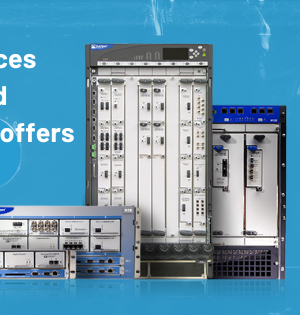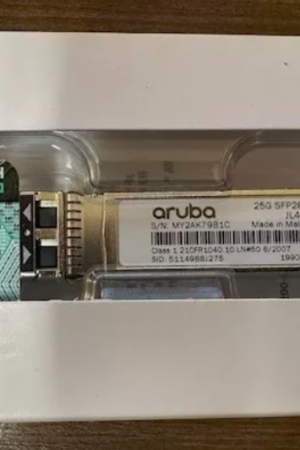Description
Omnitron Systems iConverter GX/TM2 Transceiver/Media Converter – 1 x Network (RJ-45) – 1 x SC Ports – Single-mode – Gigabit Ethernet – 10/100/1000Base-TX, 1000Base-X – 12.43 Mile – Power Supply – Standalone
The iConverter GX/TM2 is a carrier-grade Network Interface Device (NID) that provides 10/100/1000 copper to Gigabit Ethernet fiber media conversion with integrated management.
For Service Providers, the GX/TM2 NID provides MEF 9, 14 and 21 certified demarcation of Carrier Ethernet E-Line services. The GX/TM2 is a cost-effective demarcation device for Service Providers to deliver best-effort Ethernet services.
For Enterprise and Government and Utility networks, the GX/TM2 enables secure demarcation and management for mission-critical applications delivered over fiber infrastructure.
IEEE 802.3ah Operations, Administration and Maintenance
The GX/TM2 supports the IEEE 802.3ah Link OAM standard with Fault Detection, Performance Monitoring and Remote Loopback for Ethernet in the First Mile (EFM) access links.
Fault Detection
The GX/TM2 detects and indicates link faults, dying gasp and other critical events. Dying gasp is supported on all standalone models and plug-in models when installed in a 1-Module or 2-Module chassis with dying gasp support. The GX/TM2 also supports Unidirectional Link Fault Detection that indicates faults in either direction of the fiber link.
Performance Monitoring
802.3ah Performance Monitoring tools are used for the detection and notification of link performance (quality) faults. Ethernet data performance can deteriorate slowly over time, and the GX/TM2 allows the setting of error-per-second thresholds with event notification for early indication of issues that may be resolved prior to loss of service.
Remote Loopback
Remote Loopback is used for fault localization and link performance testing. When a GX/TM2 port is in loopback mode, all received link traffic is looped back and transmitted back unaltered. The statistics from the GX/TM2 port and the remote link partner can be compared for consistency.
VLAN with 802.1ad Q-in-Q and QoS for E-Line services
The iConverter GX/TM2 supports the IEEE 802.1Q tag Virtual Local Area Network (VLAN) packet tagging and untagging (including Q-in-Q tunneling and 802.1ad service provider tag) and the 802.1p Quality of Service priority standards.
VLAN 802.1ad tunneling technology enables service providers to offer their customers E-Line services via Ethernet Virtual Circuits (EVC). The 802.1p Quality of Service (QoS) prioritization standard enables delivery of high-priority, real-time applications such as voice and video over Ethernet.
Port Bandwidth Control and Port Access Control
The enhanced Bandwidth Control feature controls bandwidth between the fiber and RJ-45 ports in 64Kbps increments from 64K to Full Line Speed.
The GX/TM2 features Port Access Control which blocks user service while maintaining the network link. Port Access Control enables the service provider to control user access while maintaining port configuration for easy disabling or enabling of customer service. Port Access Control provides enterprise administrators the capability to improve network security by controlling port access when the port is not in use.
Port Statistics and Optical Performance Statistics
The GX/TM2 supports reporting of utilization, port and optical performance statistics. Port statistics are available for 38 different parameters for the RJ-45 and fiber ports. Additionally, full optical performance statistics are available on SFP fiber transceivers with a digital diagnostic interface. Port and optical performance statistics reporting provides the ability to monitor customer bandwidth utilization, network performance and the link signal quality for each individual port.







